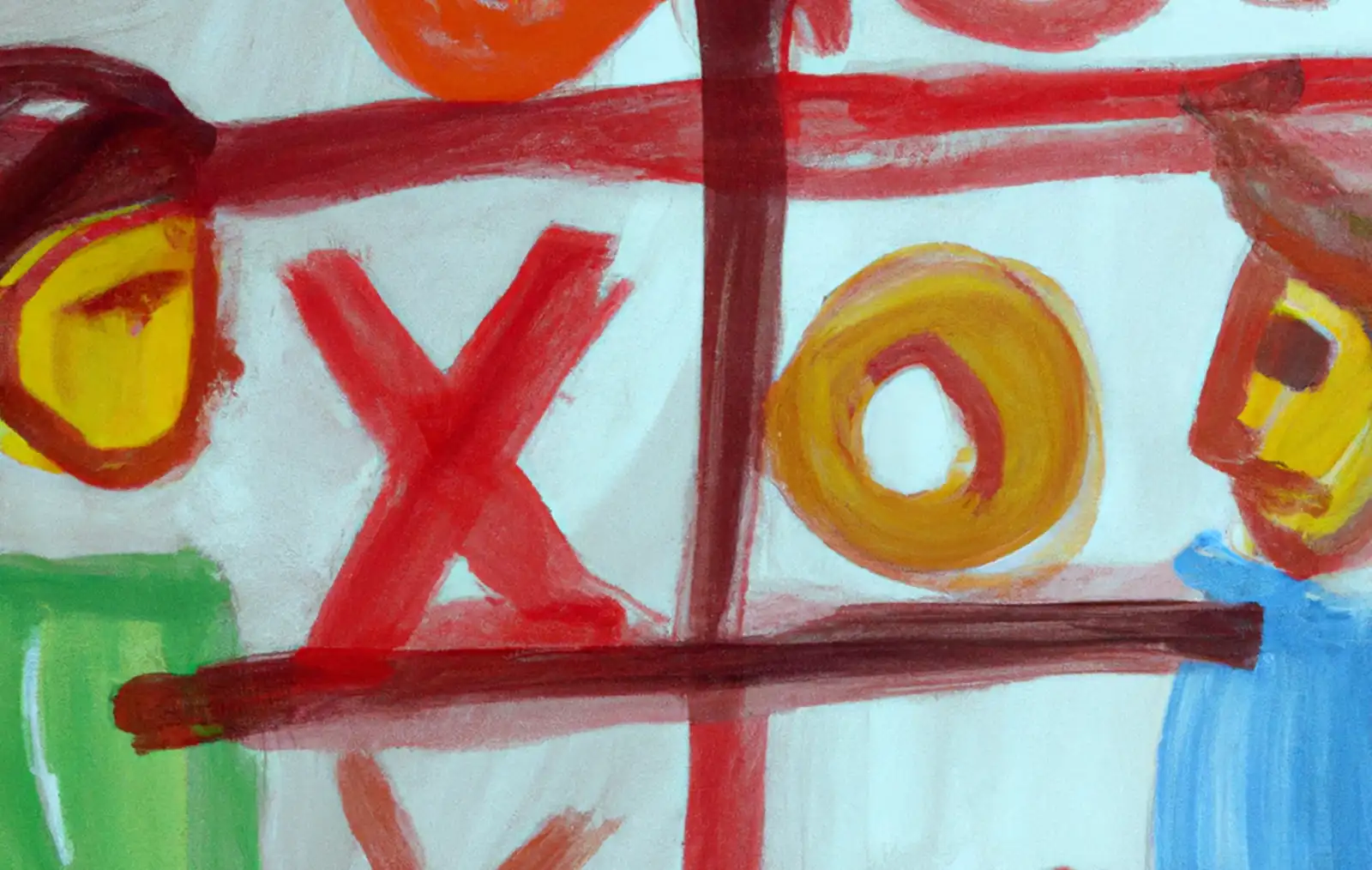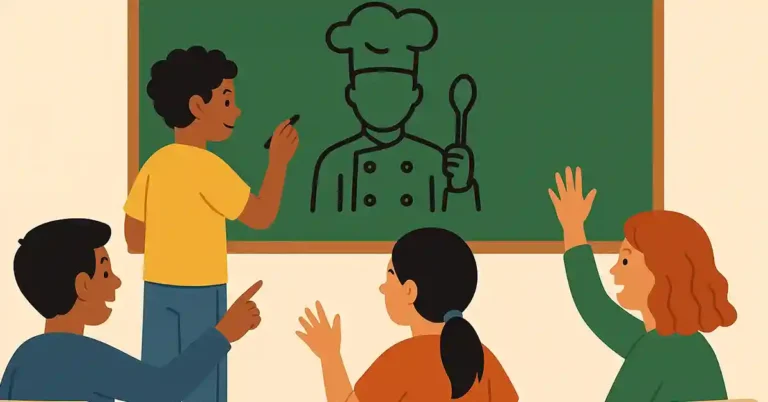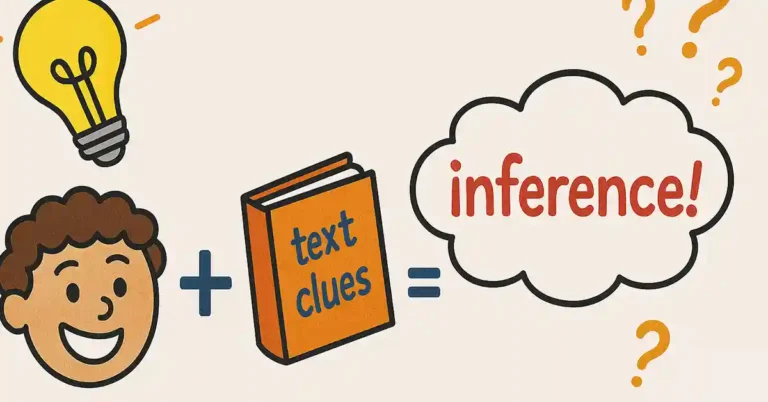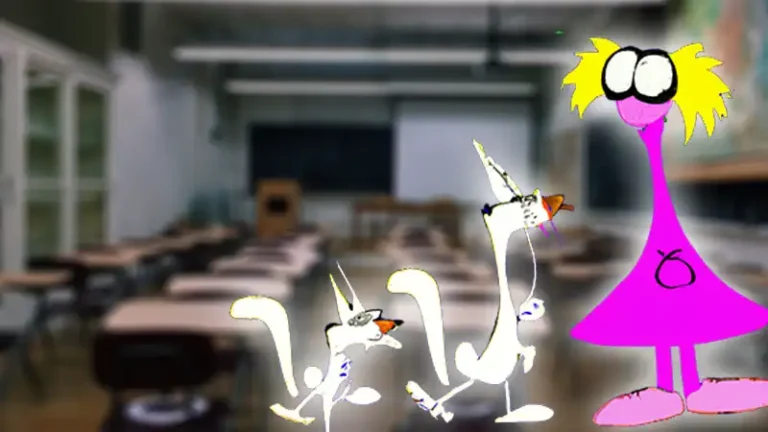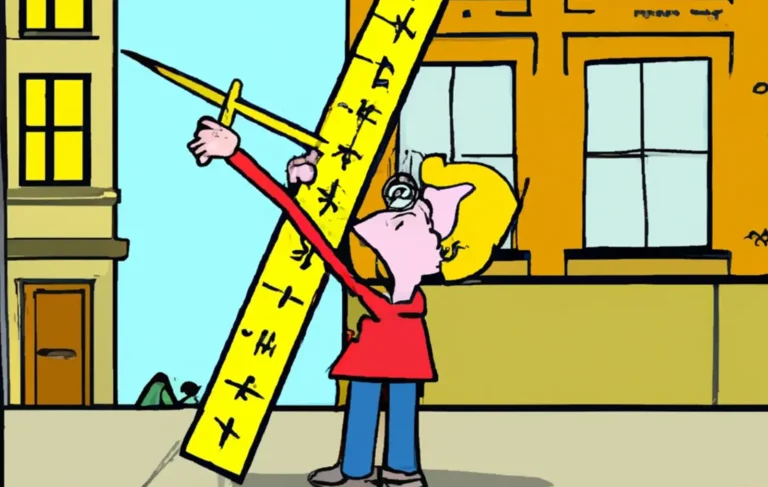25 Fun Integer Games for the 7th Grade Classroom
When I first stepped into the vibrant world of teaching, I was met with an array of challenges, and not the least among them was how to make integers exciting. I can still recall the collective sigh that echoed in my classroom when the topic arose. As the years rolled on, I learned a valuable lesson: while integer games might not have the initial allure of, say, a dramatic Shakespearean soliloquy or the wonder of the water cycle, they have their own charm that can be unlocked with a touch of creativity and innovation.
With a bit of ingenuity, integer activities can be transformed from mere numbers on a page to a captivating journey. It’s like finding a hidden gem in the rough and polishing it to its full potential. And the best part? There’s no need to break the bank!
In this article, I will share with you 27 free and engaging integer games perfect for 7th graders. These resources are a great way to make your teaching journey smoother and light up your students’ faces with the joy of discovery and understanding. There will surely be at least one fun math game on the list to entice even the most reluctant students. Incorporate a game type into your lesson plans because there is an opportunity to cover basic operations, positive value, the integer division problem, and a general knowledge of integers. The best thing of all: students will have to work together, face-to-face, because not one of these is an online game.
Integer Games for 7th Graders
1. Integer War: An Integer card game
Materials:
- A deck of cards.
Setup:
- Remove the jokers from the deck.
- Assign values to the cards: red cards (hearts and diamonds) represent negative integers, and black cards (spades and clubs) represent positive integers. Face cards (kings, queens, jacks) can represent a value of 10 or be removed from the deck based on preference.
How to Play:
- Shuffle the deck and deal all the cards evenly among the participating students.
- Each student draws the top two cards from their pile.
- The students then either add or subtract the integers, depending on the teacher’s instruction for the round.
- The player with the highest resulting integer wins that round and takes all the cards from the other players.
- The game continues until all cards have been played or a set time has elapsed.
- The player with the most cards at the end is the winner.
2. Integer Line Up: An Interactive Game
Materials:
- Numbered cards or paper with a mix of positive and negative integers.
Setup:
- Prepare a set of cards or papers with various positive and negative integers written on them.
How to Play:
- Distribute one number to each student.
- Without verbally communicating, students should line up in order based on the value of their integer.
- They can verbally confirm their numbers once they believe they are in the correct order.
- The goal is to complete the lineup with the right answer as quickly as possible.
3. Integer Bingo
Materials:
- Pre-made Bingo cards with a mix of positive and negative integer answers.
- Number cards or dice to generate arithmetic problems.
Setup:
- Create Bingo cards with various integer results, ensuring a good mix of positive and negative numbers.
- Shuffle the number cards or set up the dice in a manner to create arithmetic problems.
How to Play:
- The teacher calls out an arithmetic problem, such as “-5 + 7”.
- Students solve the problem and then cover the answer on their Bingo card if it’s present.
- The game continues until a student gets five answers in a row (horizontally, vertically, or diagonally) and shouts “Bingo!”
- The first student to do so is the winner. The teacher can verify the student’s answers before declaring them the winner.
- This is my favorite integer game.
4. Integer Jeopardy
Materials:
- A board or digital platform to display questions and categories.
- Cards or digital slides with integer-related questions sorted by categories.
Setup:
- Organize the board or platform into categories related to integers, such as “Adding Integers,” “Subtracting Integers,” “Integer Word Problems,” etc.
- Assign each question a point value, with more challenging questions having higher values.
How to Play:
- Divide the students into teams.
- A team chooses a category and a point value. The teacher then presents the corresponding question.
- The team discusses and provides their answer within a set time limit.
- If they answer correctly, they earn the points. If not, another team can attempt to answer.
- The game continues until all questions are answered or a set time has elapsed.
- The team with the most points at the end is the winner.
5. Balloon Pop
Materials:
- Balloons, small pieces of paper.
Setup:
- Write integer problems on pieces of paper, fold them, and place one inside each balloon.
- Inflate the balloons and scatter them around the room.
How to Play:
- Students select a balloon of their choice and pop it (using their hands, feet, or a safe object).
- They retrieve the integer problem from inside, solve it, and then check their answer with a partner or the teacher.
- Students can continue popping balloons until all are cleared or a set time is up.
6. Integer Number Line Jump
Materials:
- A large number line on the floor, preferably made with tape or chalk, with clear demarcations for integers.
How to Play:
- Students start by standing on the zero marker.
- The teacher calls out a math problem.
- After solving it in their minds, students jump or step to the correct answer on the number line.
- The teacher then confirms the correct answer, and the game continues.
7. Integer Pictionary
Materials:
- Whiteboard or large paper
- Markers
How to Play:
- A student comes to the front and picks an integer operation to describe without using numbers (e.g., “a loss followed by a gain”).
- The student then draws a representation of the operation or scenario.
- The other students guess the mathematical operation based on the drawing.
8. Integers Game Toss
Materials:
- A die or number cube that includes negative numbers (this can be created using stickers on a regular die).
- Counters or chips.
How to Play:
- Students take turns rolling the die.
- Based on the number they roll, students collect (or lose) that number of counters or chips.
- The game continues with set rounds or until a player reaches a specific sum first (e.g., exactly 10 counters).
9. Integer Relay Race
Materials:
- Chalk or tape to mark the start and finish lines
- Integer problem cards or a list of problems.
Setup:
- Create a relay race track with a clear start and finish line.
- Prepare integer problem cards or a list of problems.
How to Play:
- Divide students into teams, with each team lining up at the start line.
- On “Go,” the first student in each team is given an integer problem.
- They must solve the problem correctly before they can run to the finish line and back.
- Once they return to the start, the next student in line takes their turn.
- The first team to have all its members complete the relay is the winner.
10. Human Number Line
Materials:
- Large space (e.g., a gym or playground).
- Markers or signs with integer values.
Setup:
- Use markers or signs to create a long line, similar to a number line, in your large space. Make sure the numbers are spaced evenly.
- Designate a “zero” point and place other integers appropriately on either side.
How to Play:
- Each student is assigned a specific integer value.
- Students then stand in a line, with each one representing their assigned integer value.
- The teacher gives out operations or movements, like “Move two places to the left,” or “Swap places with the person three spots away.”
- The objective is for students to rearrange themselves based on the given instructions to maintain the correct order of integers on the number line.
11. Capture the Integer
Materials:
- A deck of integer cards (or a standard deck with assigned values).
Setup:
- Shuffle the integer cards and lay them face down in the center.
How to Play:
- Students take turns drawing two cards.
- They then create and solve a math problem using the integers they selected.
- If their answer is correct, they capture and keep the two cards.
- The game continues until all the cards are captured.
- The player with the most cards at the end wins.
12. Integer Spinners
Materials:
- Two spinners with different integer values.
Setup:
- Ensure that both spinners are freely spinning and have clear integer markings.
How to Play:
- Students take turns spinning both spinners.
- They perform a math operation (e.g., addition or subtraction) with the integers shown by the spinners.
- Answers can be verified by a partner or teacher.
13. Integer Memory Match
Materials:
- Cards with integer problems on one set and their solutions on another set.
Setup:
- Shuffle the cards and lay them out face down in rows.
How to Play:
- Students take turns flipping over two cards at a time, trying to find a match between a problem and its correct solution.
- When a match is found, the student keeps the pair of cards.
- The game continues until all matches are found.
- The player with the most matched pairs wins.
14. Integer Challenge Board
Materials:
- A board with several envelopes or pockets.
- Each envelope/pocket contains a different integer problem.
Setup:
- Arrange the envelopes or pockets on the board, and label them with point values based on difficulty.
How to Play:
- Students choose a challenge envelope/pocket from the board.
- They then solve the problem inside.
- If they solve it correctly, they earn the designated points.
- At the end, the student with the most points wins.
15. Integer Obstacle Course
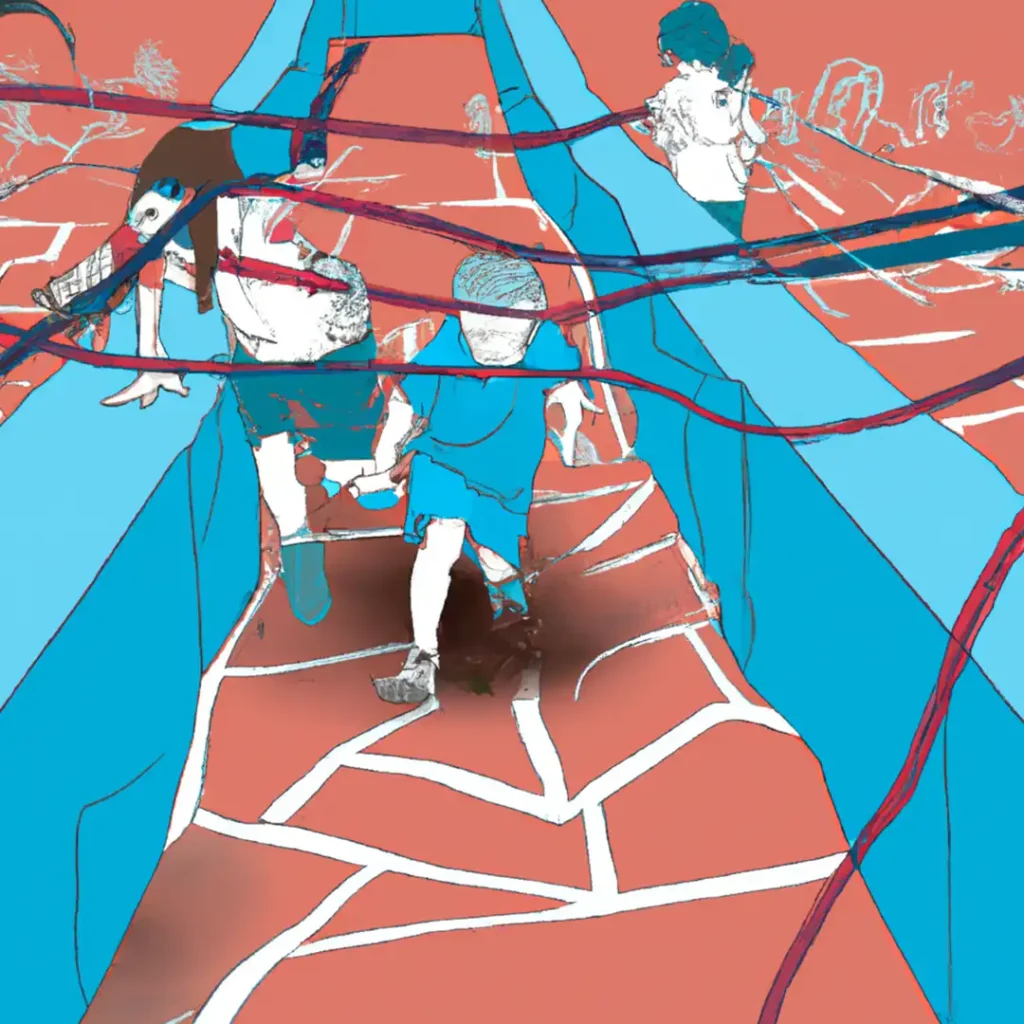
Materials:
- Various obstacles suitable for an indoor or outdoor course (e.g., cones, ropes, boxes).
- Cards or sheets with integer problems.
Setup:
- Set up the obstacle course in a designated area.
- At each obstacle station, place a card or sheet with an integer problem on it.
How to Play:
- Students begin the obstacle course.
- As they reach each station, they must pause to solve the integer problem presented.
- If they solve it correctly, they proceed to the next obstacle. If they’re unsure or incorrect, they should retry or seek clarification before moving forward.
- The goal is to complete the entire course while accurately solving all the integer problems.
16. Integer Tic-Tac-Toe
Materials:
- Tic-tac-toe grid (can be drawn on paper or a whiteboard).
- Cards with integer problems.
Setup:
- Prepare the tic-tac-toe grid and have integer problems on hand.
How to Play:
- Two players alternate turns.
- On a player’s turn, they draw an integer problem and must solve it.
- If solved correctly, the player makes a move on the tic-tac-toe grid.
- The first player to get three of their marks in a row (horizontally, vertically, or diagonally) wins.
- If keeping score, the highest score wins.
17. Integer Connect Four
Materials:
- Connect Four board game.
- Cards with integer problems.
Setup:
- Set up the Connect Four game.
- Have the integer problems on hand.
How to Play:
- Players alternate turns.
- On a player’s turn, they draw an integer problem and must solve it.
- If solved correctly, the player drops one of their discs into the grid.
- The game proceeds as usual. The first player to connect four of their discs in a row wins.
18. Integer Dominoes
Materials:
- Domino pieces.
- Stickers or slips of paper with integer problems and solutions.
Setup:
- Attach stickers or slips of paper to each domino piece—put an integer problem on one half and a solution on the other half.
How to Play:
- Players shuffle the dominoes and draw their starting hands.
- The first player places a domino, then players take turns matching the problem end of one domino to the solution end of another.
- If a player doesn’t have a match, they draw from the pile.
- The game continues until one player runs out of dominoes or no more moves can be made.
19. Integer Snowball Fight
Materials:
- Paper and pencils.
Setup:
- Provide each student with paper and a pencil.
How to Play:
- Students write an integer problem on their sheet of paper.
- They then crumple the paper into a ball (or “snowball”).
- On the teacher’s signal, students engage in a snowball fight, tossing paper balls at each other for a set duration.
- When the time is up, each student picks up a snowball and attempts to solve the integer problem inside.
- They can then discuss or check answers as a group.
20. Integer Scavenger Hunt
Materials:
- Cards with integer problems.
- Pencils or pens for students to record answers.
Setup:
- Write a variety of integer problems on the cards.
- Hide the cards in various locations either in the classroom or outside, ensuring they’re challenging but not impossible to find.
How to Play:
- Hand out recording sheets or notebooks to students.
- They must hunt for the cards, and upon finding one, they should solve the problem and note down their answer.
- The goal can be to find all the cards or to solve a set number of problems correctly within a time frame.
21. Integer Mystery Puzzle
Materials:
- Puzzle pieces.
- Integer problems.
Setup:
- Write or print integer problems on puzzle pieces.
- Each solution should correspond with a connection point for the pieces.
How to Play:
- Students select a puzzle piece, solve the problem, and then search for another piece that has a matching solution.
- As they solve more problems and find more connections, the complete picture (or pattern) will emerge.
22. Integer Escape Room
Materials:
- Locks (combination or key-based).
- Clues or riddles that involve integer problems leading to lock combinations or locations of keys.
Setup:
- Prepare the integer problems that yield answers corresponding to lock combinations or hints to the locations of keys.
- Set up the room so that solving each problem progressively helps students approach “escaping.”
How to Play:
- Students enter the “escape room” and start deciphering the clues.
- As they solve each integer problem, they will unlock various locks or find keys.
- The goal is to solve all problems and “escape” the room within the set time.
23. Integer Board Game
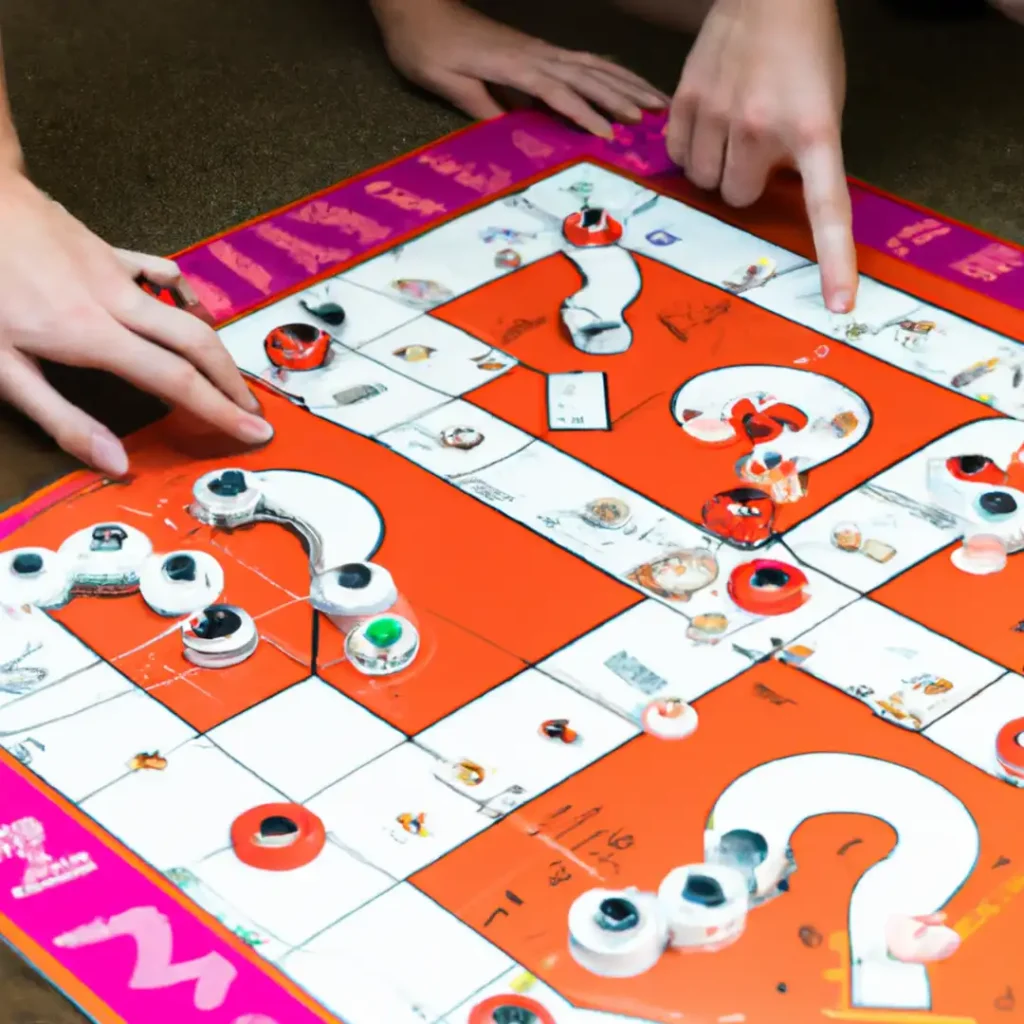
Materials:
- Game board (like Monopoly or Candy Land).
- Cards with integer problems.
Setup:
- Adapt a regular board game by adding cards with integer problems.
- Determine rules for bonuses, penalties, or specific moves based on correct or incorrect answers.
How to Play:
- Players draw a card and solve the integer problem before making a move.
- Depending on the answer, they move their game piece according to the adapted rules.
- The goal is to reach the end of the board first, but strategic play can involve leveraging the integer-based rules for advantages.
- This is a great game if you have a group that enjoys board games.
24. Integer Song and Dance
Materials:
- Music (either pre-recorded or a song created by the teacher or students).
- Designated dancing space.
Setup:
- Develop a catchy song about integers.
- Designate specific dance moves for various integer terms or operations.
How to Play:
- Play the song while students dance along.
- When specific integer-related terms or concepts are sung, students perform the corresponding dance move.
- It’s a fun way to reinforce integer concepts and can be played as a follow-along or challenge where students come up with their own choreography.
- This is a fun game to watch!
25. Integer Story Chains
Materials:
- Paper.
- Pencil or pen.
How to Play:
- The first student starts a story that involves an integer operation.
- The next student continues the story, incorporating their own integer operation, ensuring that the story’s math still makes sense.
- This continues with each student, creating a cohesive, integer-rich narrative.
- These short stories can be created on paper or task cards.
Integer Math Problems
Addition Problems
- (−7)+9
- (−8)+(−11)
- 11+(−13)
- 10+(−7)
- (−25)+15
- (−12)+(−7)
- 23+(−30)
- (−16)+12
- 29+(−15)
- 33+(−15)
- 40+(−48)
- (−50)+22
- 24+(−32)
Subtraction Problems
- 14−(−5)
- 12−15
- 7−9
- 18−20
- 6−8
- 18−32
- 20−(−14)
- 15−19
- 36−40
- 13−26
- 8−23
- 45−60
Integer Multiplication Problems
- (−3)×4
- (−6)×(−8)
- 5×(−3)
- (−9)×(−2)
- (−4)×5
- (−10)×3
- (−10)×6
- (−7)×(−11)
- 9×(−5)
- (−21)×(−3)
- (−14)×8
- (−22)×2
- (−19)×(−4)
- 10×(−9)
Integer Division Problems
- 20÷(−5)
- (−15)÷3
- 24÷(−6)
- 16÷(−4)
- 28÷(−4)
- (−45)÷9
- 54÷(−9)
- 72÷(−9)
- (−35)÷7
- 81÷(−9)
Unlocking the Power of Integers Through Play
In the ever-evolving world of education, it’s clear that making learning fun can dramatically enhance student engagement and comprehension. As we’ve explored in this article, integers, a foundational concept for seventh graders, can be approached with creativity, energy, and a touch of playfulness. These games can be extended out by including rational numbers, or whatever mathematical concept you wish to teach. Doing so can modify the activities for 3rd grade up to 8th grade. By incorporating games like those outlined above, teachers can transform what might be seen as a challenging topic into an exciting adventure of discovery for middle school students.
Furthermore, these games don’t merely teach students about integers. They also cultivate essential life skills such as critical thinking, teamwork, and problem-solving. By challenging students in a supportive, game-based environment, we’re not just teaching them math skills but preparing them for the broader challenges that life will inevitably throw their way.
So, dear educators, I encourage you to embrace the world of games in your classroom. Modify, adapt, and most importantly, enjoy them with your students. After all, the best learning happens when both teacher and student are having fun. Here’s to a classroom filled with laughter, learning, and lots of integer fun!
